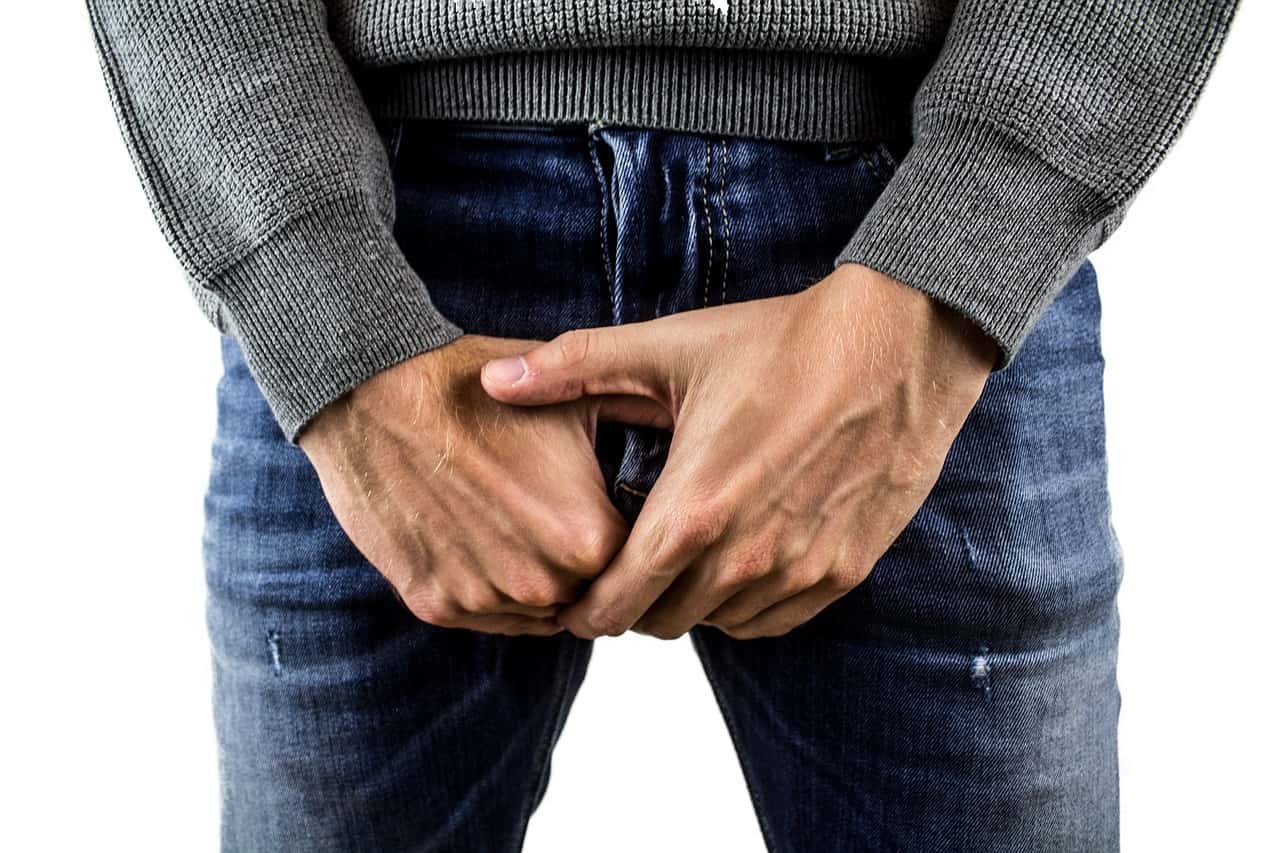The testicles are part of the male reproductive system. They are also called testes (or a testis, if referring to one). The two small, egg-shaped glands sit behind the penis in a pouch of skin called the scrotum. They produce and store sperm. They also produce the male hormone testosterone, which is responsible for the development of male characteristics such as facial hair growth, a deeper voice than women, muscle development, sexual drive (libido), and the ability to have an erection.
A tubular structure called the epididymis is attached to the back of each testis. The epididymis stores immature sperm and is attached to the spermatic cord, which runs from each testicle through the groin region into the pelvis (lower abdominal cavity). The spermatic cord contains blood vessels, nerves, lymph vessels and a tube called the vas deferens, which carries sperm from the epididymis to the prostate gland.
Two sac-like pouches called seminal vesicles sit above the prostate gland. The seminal vesicles and prostate gland produce fluid, which, along with sperm from the testicles, makes up a large part of semen. Semen is ejaculated from the penis during sexual climax.
There are many lymph nodes (glands) and lymphatic vessels around the testicles and in the abdomen. These are part of the lymphatic system and are important for resisting and fighting disease (immunity). The nodes and vessels also drain lymphatic fluid (lymph) from the tissues back into the bloodstream.
